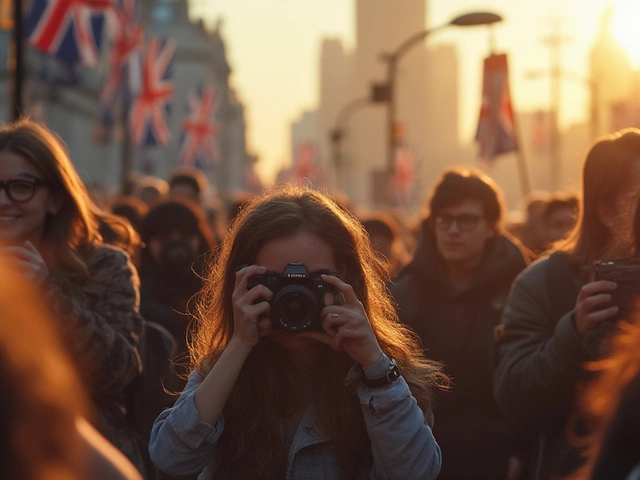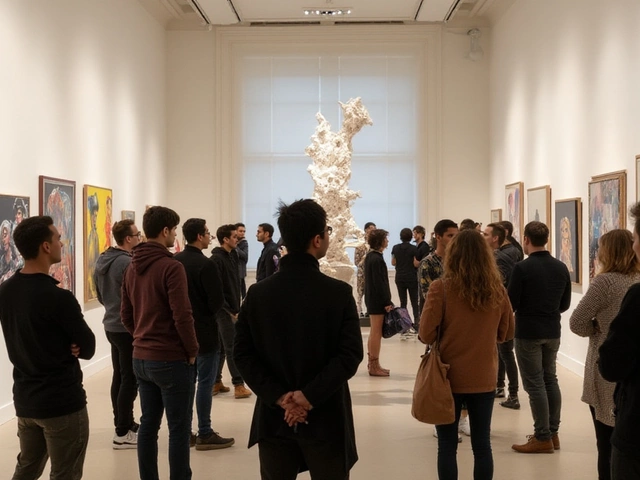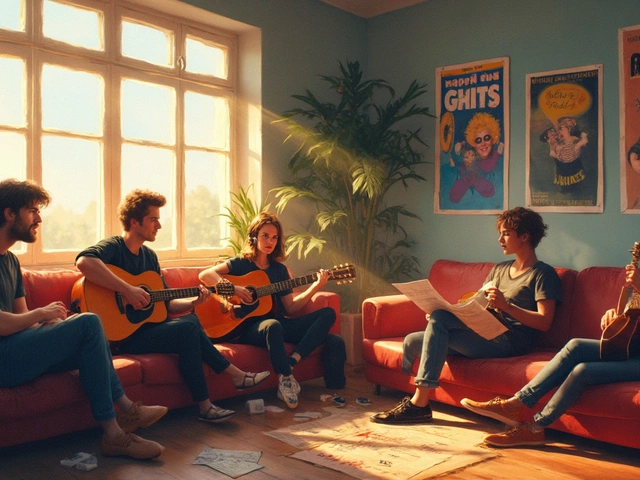Getting Artwork into Exhibitions: Your Practical Guide
When working with Getting artwork into exhibitions, the process artists follow to place their work in galleries, museums, and art fairs. Also known as exhibition submission, it connects creators with venues that can showcase their vision.
One of the first things to understand is the role of the art exhibition, a public or private event where artworks are displayed for an audience. Getting artwork into exhibitions hinges on three core relationships: the quality of your artist portfolio, the expectations of the curator, and the payment structure often set by the museum or gallery. In simple terms, a strong portfolio convinces curators to select your pieces, and the venue’s policies dictate whether you receive a fee, sales commission, or exposure only.
Curators act as gatekeepers. They scan portfolios, visit studio spaces, and match artworks to the theme or audience of their next art exhibition. Their decision‑making process is influenced by current trends, the story behind each piece, and the practical logistics of hanging and protecting works. Knowing what curators look for—clear concept, technical skill, and relevance to the show’s narrative—lets you tailor your submissions and increase acceptance rates.
Key Factors You Need to Know
First, build an artist portfolio that reads like a short résumé. Include high‑resolution images, concise captions, and a brief artist statement that ties your practice to the exhibition’s theme. Organise works by series or medium so curators can see cohesion at a glance. Second, research each venue’s museum payment policy before you apply. Some galleries pay a flat fee, others split sales, and a few offer only promotional exposure. Knowing the terms helps you negotiate confidently and avoid unexpected costs.
Third, follow submission guidelines to the letter. Most venues require a cover letter, a PDF of your portfolio, and specific image dimensions. Ignoring these details can land your application in the reject pile before a curator even sees your work. Fourth, network locally. Attend openings in Pembrokeshire, chat with curators, and volunteer at community art events. Personal connections often turn a cold email into a warm invitation.
Finally, keep records of every submission—dates, contacts, feedback, and outcomes. Over time you’ll spot patterns: which curators respond positively, which exhibition formats suit your style, and how different payment structures affect your bottom line. This data lets you refine your approach, focus on the most rewarding opportunities, and ultimately increase the number of shows you land.
Below you’ll find a curated collection of articles that dive deeper into each of these steps. From mastering the hardest art styles to understanding museum fees, these resources give you actionable insights you can start using today. Ready to boost your exhibition chances? Let’s explore the articles that will help you get your artwork on the wall.

A step‑by‑step guide that shows artists how to prepare, research, submit, and secure a spot in an art exhibition, with tips, checklists, and common pitfalls.





